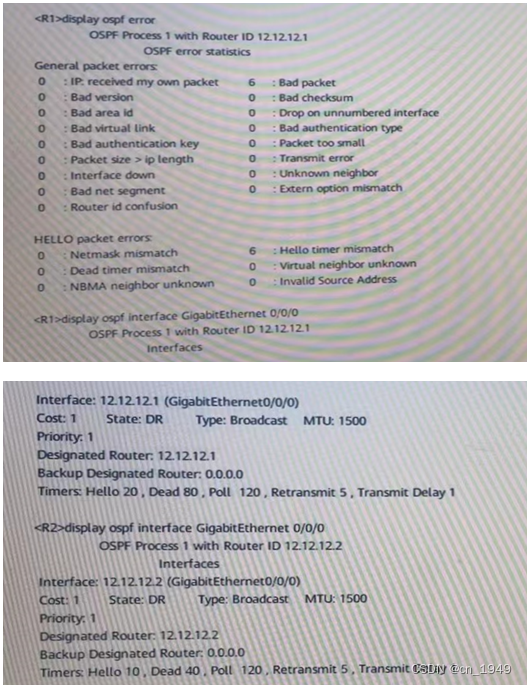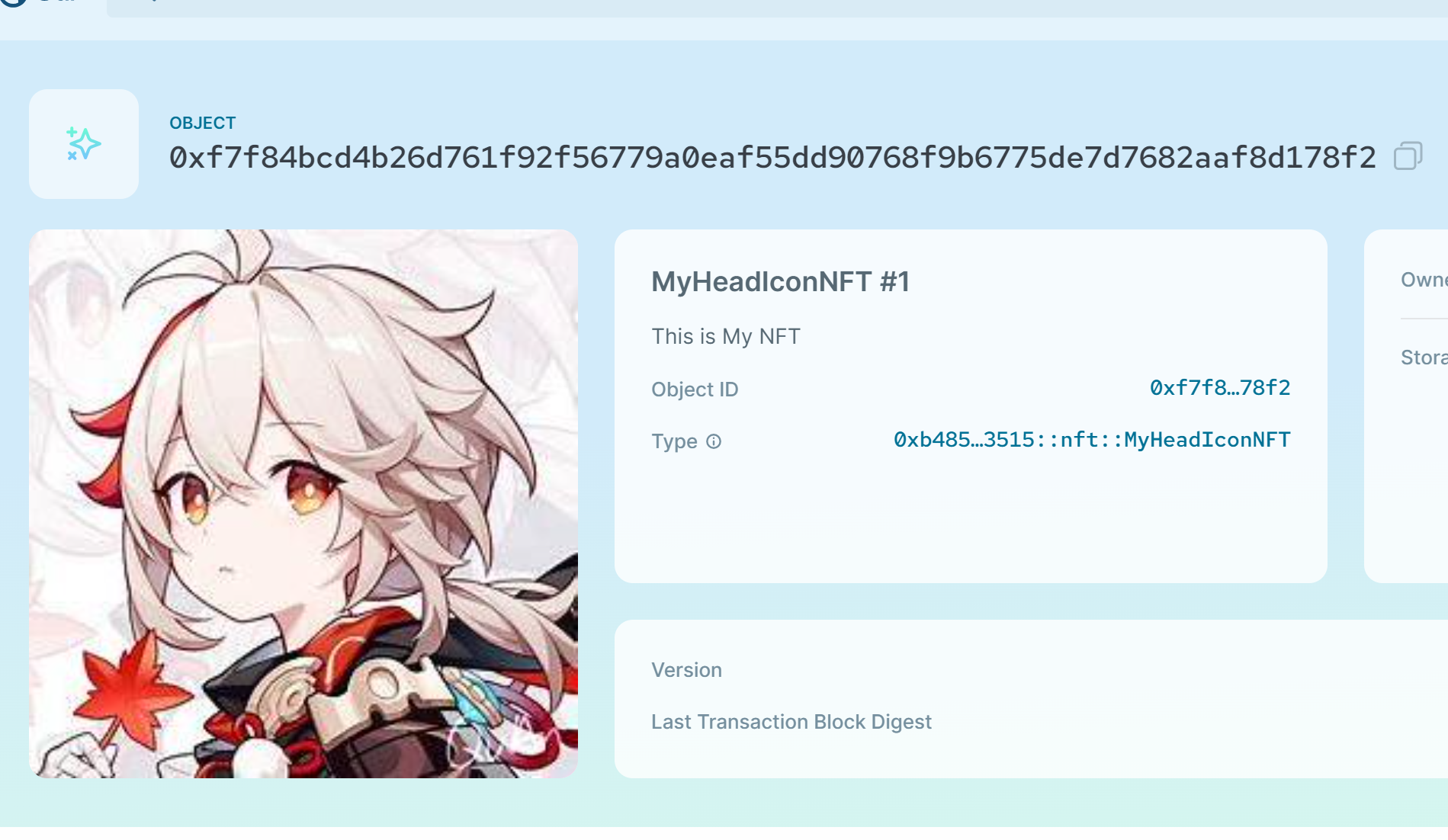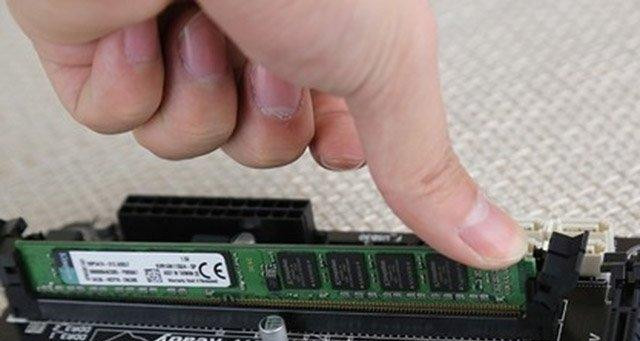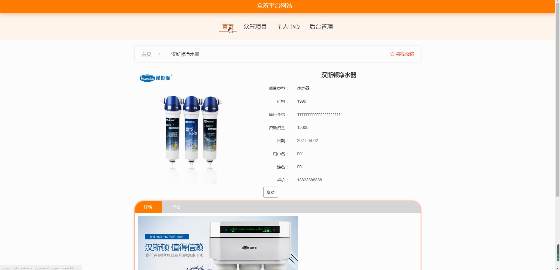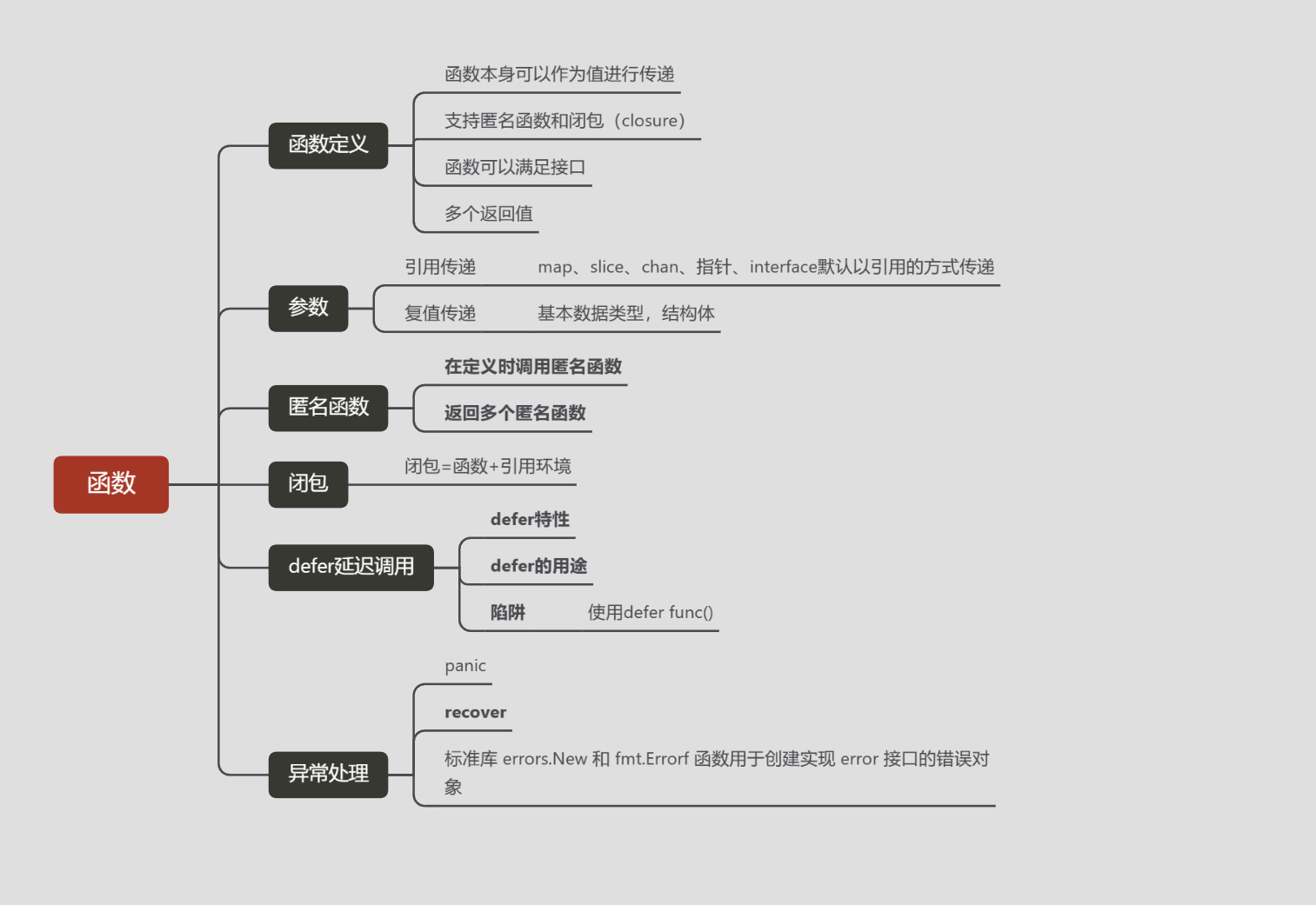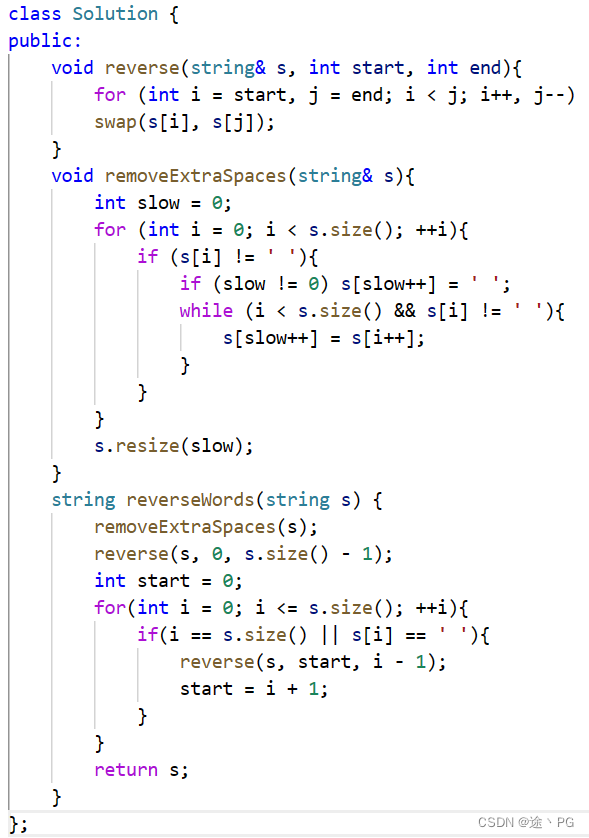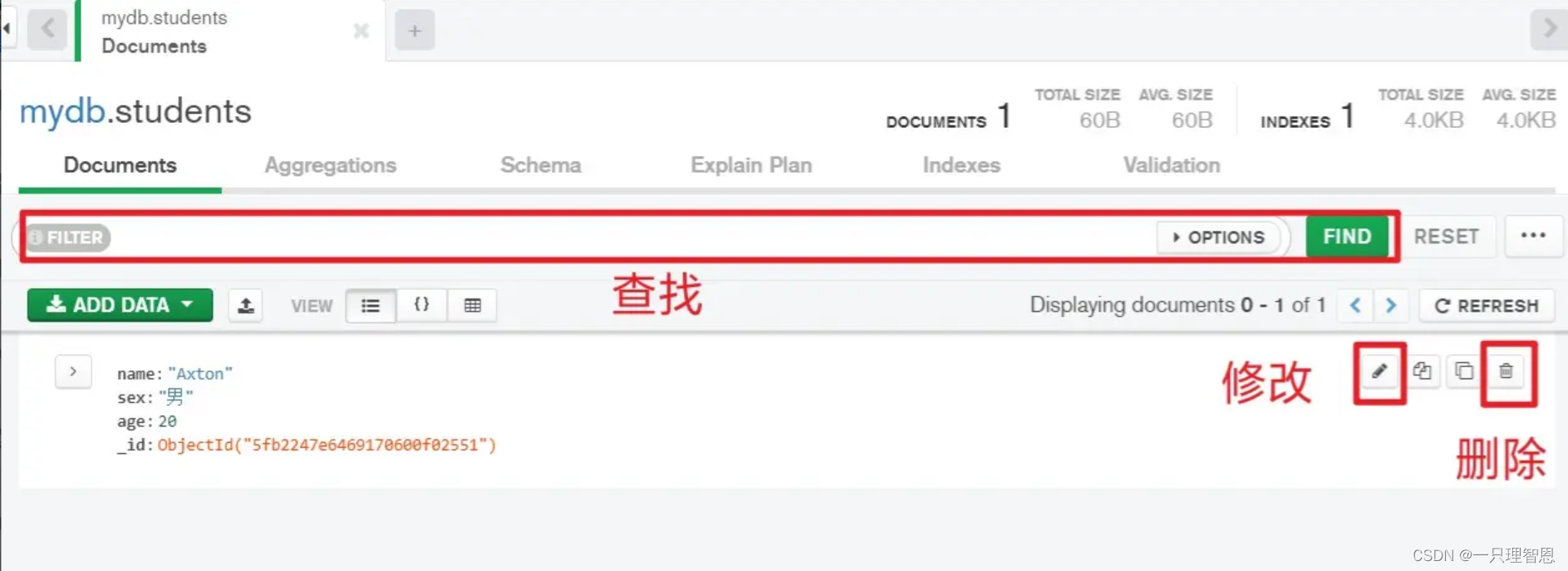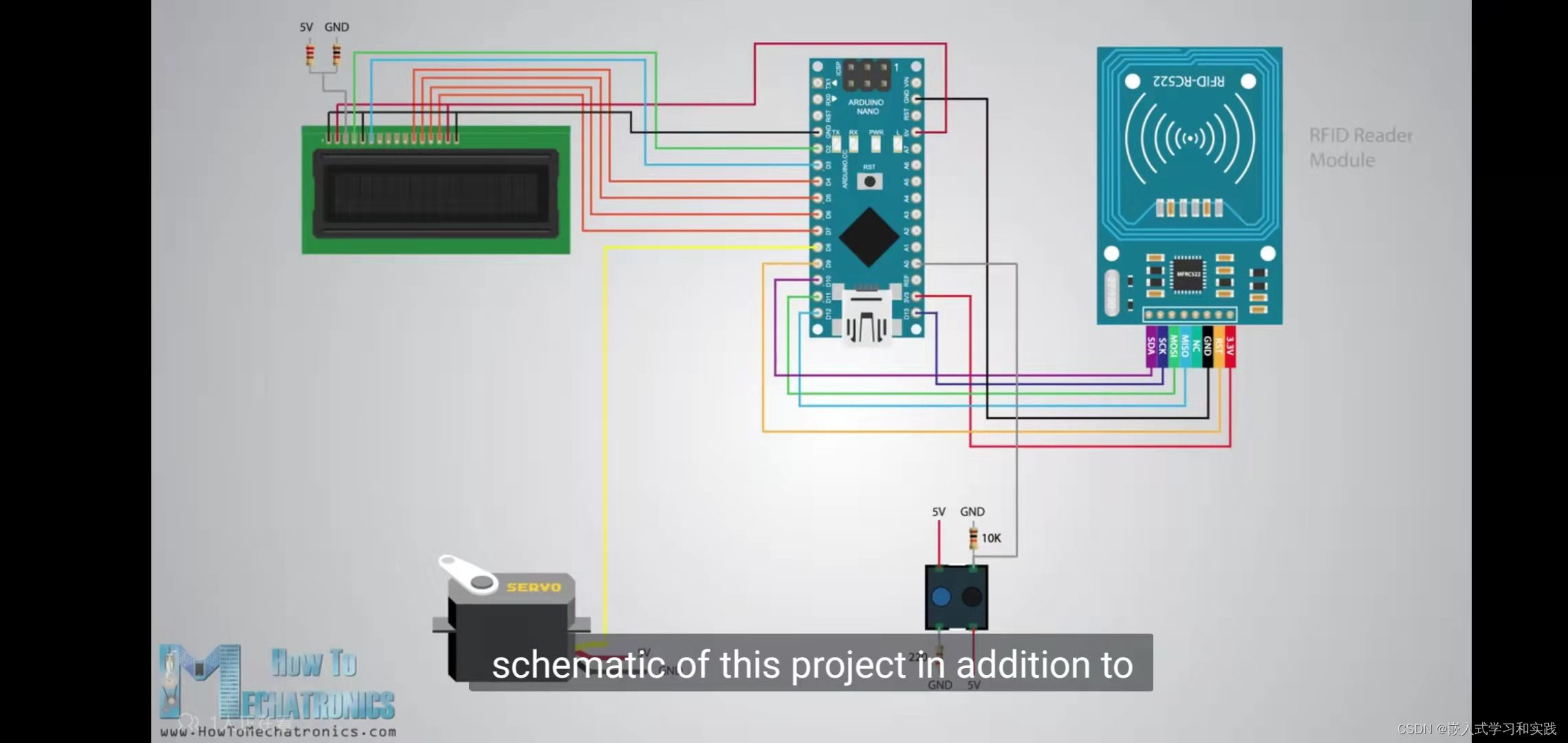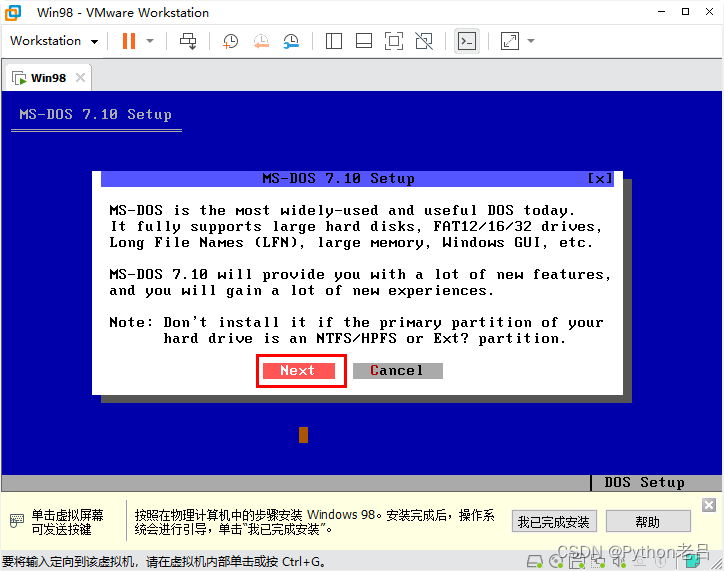java的快读
(1)BufferedReader
BufferedReader br = new BufferedReader(new InputStreamReader(System.in));//定义对象
String[] strings = br.readLine().split(" ");//读取一行字符串,以空格为分隔转化为字符串数组
int n = Integer.parseInt(strings[0]);//读取整数,字符串转化为Integer类型数字
long m = Long.parseLong(strings[1]); //读取整数,字符串转化为Long类型数字
System.out.println(n + " "+m);
strings = br.readLine().split(" ");
System.out.println(strings[0]);//读取字符串
(2)StreamTokenizer
该类的使用较为麻烦,可以封装为一个对象,减低代码量。他比BufferedReader快,但是对于读取字符类型的操作,只能读取26字母,特殊符号和数字无法读取,有其局限性。
public class Main{
static class Read{
StreamTokenizer st = new StreamTokenizer(new BufferedReader(new InputStreamReader(System.in)));
public int nextInt() throws Exception{
st.nextToken();
return (int)st.nval;
}
public String readLine() throws Exception{ //有局限,慎用
st.nextToken();
return st.sval;
}
}
public static void main(String[] args) throws Exception {
Read read = new Read();
int n = read.nextInt();
System.out.println(n);
}
}
StreamTokenizer常见错误
(1)StreamTokenizer读入long类型的数字时会出现错误,因为nval的类型是double,在转换为long类型的过程中,由于double的精度问题,当long类型读入太大的数字时会出错。double类型能表示的数字范围比long大,但是是以牺牲精度的方式获得更大的存储,而他能精确保存的数字位数为十进制的15或16位,要比long小。
public class 快读{
static BufferedReader in = new BufferedReader(new InputStreamReader(System.in));
static PrintWriter out = new PrintWriter(new OutputStreamWriter(System.out));
static StreamTokenizer sr = new StreamTokenizer(in);
static long ans = 0;
public static void main(String[] args) throws IOException {
long n = nextLong();
System.out.println(n);
}
static long nextLong() throws IOException {
sr.nextToken();
System.out.println(sr.nval);
return (long) sr.nval;
}
}
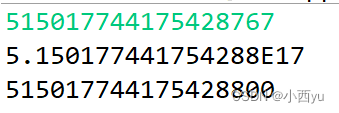
由图可以看见,double类型在存储时,牺牲了精度,导致结果不准确。
(2)StreamTokenizer读入太长的字符串时也会有问题
